Hamidreza Taghvaee
Terahertz Chip-Scale Meta-Networks with LSPR Routing: A Theoretical Framework
Jul 03, 2025Abstract:Efficient chip-scale interconnects are essential for modern microelectronic-photonic systems, supporting high bandwidth and low-latency processing. Traditional wired links face high resistivity and latency, while millimeter-wave wireless solutions suffer from bandwidth congestion and interference. Terahertz (THz) plasmonic communication, based on surface plasmon polaritons (SPPs), offers high data rates and broad bandwidth, and is compatible with nanophotonic platforms. This work introduces a Binary Field-Driven Meta-Routing Method supported by a semi-analytical framework that models the tunable interaction between THz plasmonic phenomena and graphene's electromagnetic properties. By modulating graphene's impedance, the method enables dynamic coupling and routing of localized surface plasmon resonances (LSPRs) across a meta-network, facilitating real-time beam steering in chip-scale systems. Combining analytical conductivity models, coupled-mode theory, and algorithmic control, the approach enables predictive configuration of LSPR-based steering in reconfigurable graphene metasurfaces. Four meta-pixel antenna configurations Y-MetaRouter, MetaSwitcher, Penta-MetaEmitter, and CP-MetaCore are designed to support unidirectional radiation, bi-directional steering, frequency-driven transitions, and circular polarization, respectively. Chemical potential modulation creates reconfigurable LSPR pathways and virtual SPP channels. A Coupled-Mode Theory for Field-Driven LSPR Meta-Networks is proposed to model current distributions and predict far-field characteristics. Results show strong agreement between theory and full-wave simulations. A point-to-point meta-wireless link is analyzed, demonstrating scalability for low-latency, high-performance THz communication in WiNoC and chiplet applications. System-level metrics confirm feasibility for space-constrained, high-speed interconnects.
Holographic Metasurfaces Enabling Wave Computing for 6G: Status Overview, Challenges, and Future Research Trends
Jan 09, 2025



Abstract:Recent advancements in wave computing using metasurfaces are poised to transform wireless communications by enabling high-speed, energy-efficient, and highly parallelized signal processing. These capabilities are essential to meet the ultra-high data rates of up to 1 terabit per second and minimal latency as low as 1 millisecond required by next-generation wireless networks. Diverging from traditional digital processing, wave computing adopts continuous analog signals to foster innovative functions such as over-the-air computation, integrated sensing and communications, computational electromagnetic imaging, and physical-layer security. This article explores the potential of reconfigurable multi-functional metasurfaces in wave computing, emphasizing their pivotal role in facilitating seamless communications and addressing the escalating computational demands for sixth generation (6G) networks. As artificial intelligence has become one of the most prominent and rapidly advancing fields of research over the last decade, we also introduce a wave-domain-based machine learning approach aimed at achieving power-efficient, fast training and computation. Future research directions are discussed, underscoring how metasurface-based systems can merge computation with communication to innovate components of 6G networks, thus creating smarter, faster, and more adaptable wireless infrastructures.
An Overview of Electromagnetic Illusions: Empowering Smart Environments with Reconfigurable Metasurfaces
Apr 18, 2024
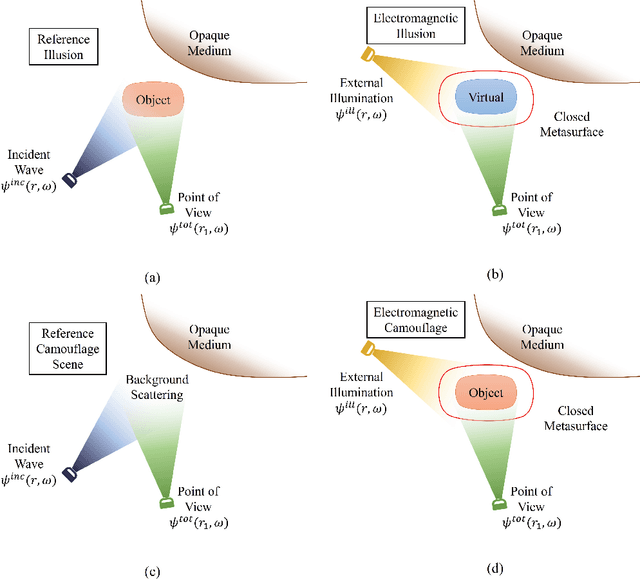
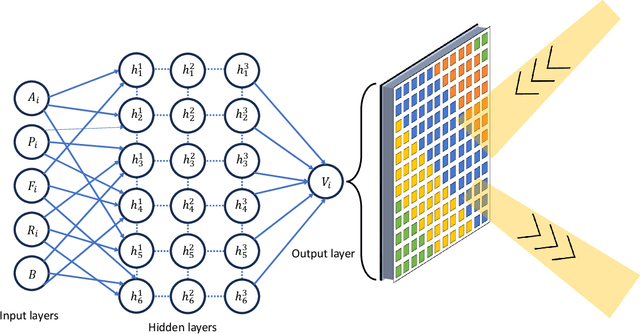
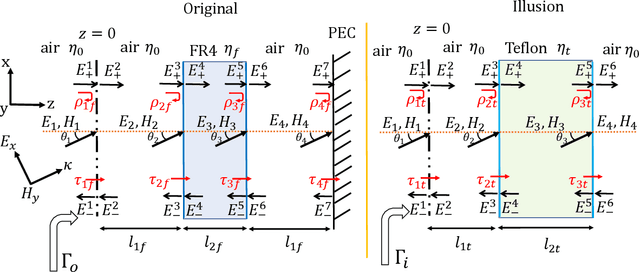
Abstract:This study delves into the innovative landscape of metasurfaces, with a particular focus on their role in achieving EM illusion (EMI) a facet of paramount significance. The control of EM waves assumes a pivotal role in mitigating issues such as signal degradation, interference, and reduced communication range. Furthermore, the engineering of waves serves as a foundational element in achieving invisibility or minimized detectability. This survey unravels the theoretical underpinnings and practical designs of EMI coatings, which have been harnessed to develop functional metasurfaces. EMI, practically achieved through engineered coatings, confers a strategic advantage by either reducing the radar cross-section of objects or creating misleading footprints. In addition to illustrating the outstanding achievements in reconfigurable cloaking, this study culminates in the proposal of a novel approach, suggesting the emergence of EMI without the need for physically coating the device to conceal and thus proposing the concept of a smart EMI environment. This groundbreaking work opens a new way for engineers and researchers to unlock exotic and versatile designs that build on reconfigurable intelligent surfaces (RIS). Crucially the designs enabled by the proposed approach, present a wide array of applications, encompassing camouflaging, deceptive sensing, radar cognition control, and defence security, among others. In essence, this research stands as a beacon guiding the exploration of uncharted territories in wave control through smart EMI environments, with profound implications spanning basic academic research in RIS through advanced security technologies and communication systems.
Reconfigurable Intelligent Surface-assisted Classification of Modulations using Deep Learning
Sep 17, 2022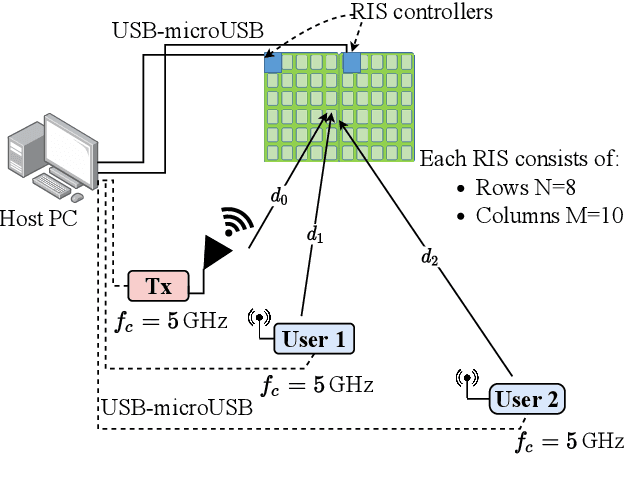
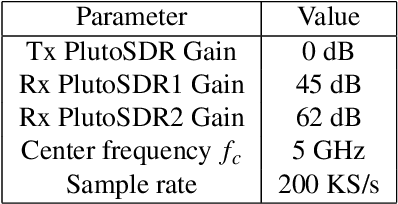
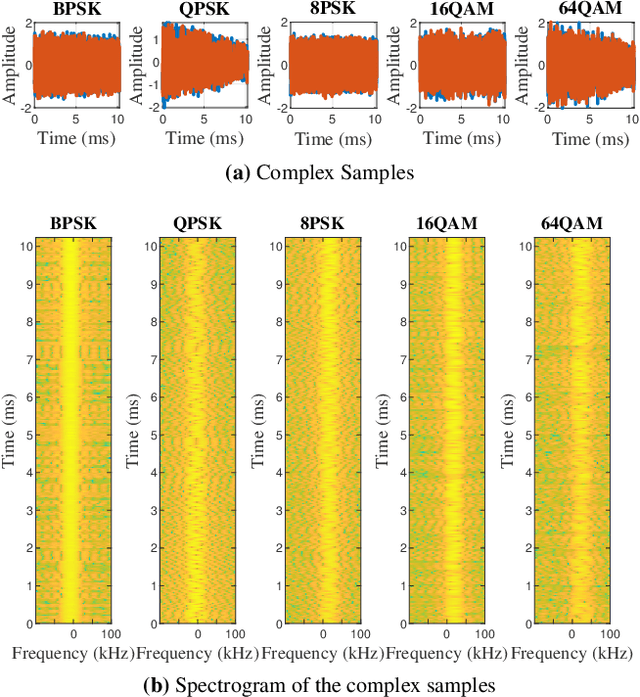
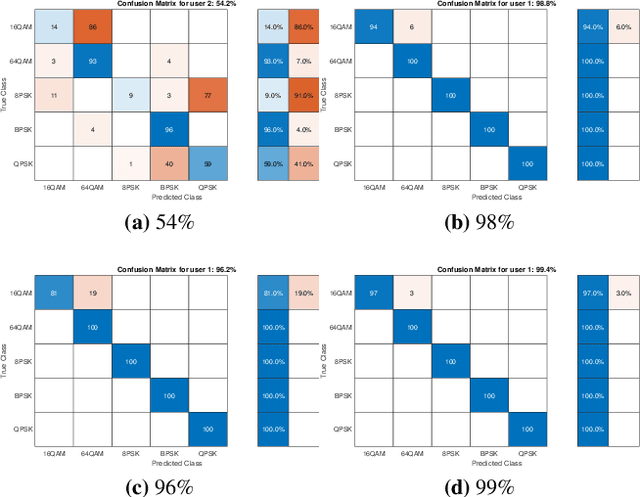
Abstract:The fifth generating (5G) of wireless networks will be more adaptive and heterogeneous. Reconfigurable intelligent surface technology enables the 5G to work on multistrand waveforms. However, in such a dynamic network, the identification of specific modulation types is of paramount importance. We present a RIS-assisted digital classification method based on artificial intelligence. We train a convolutional neural network to classify digital modulations. The proposed method operates and learns features directly on the received signal without feature extraction. The features learned by the convolutional neural network are presented and analyzed. Furthermore, the robust features of the received signals at a specific SNR range are studied. The accuracy of the proposed classification method is found to be remarkable, particularly for low levels of SNR.
On the Enabling of Multi-user Communications with Reconfigurable Intelligent Surfaces
Jun 12, 2021

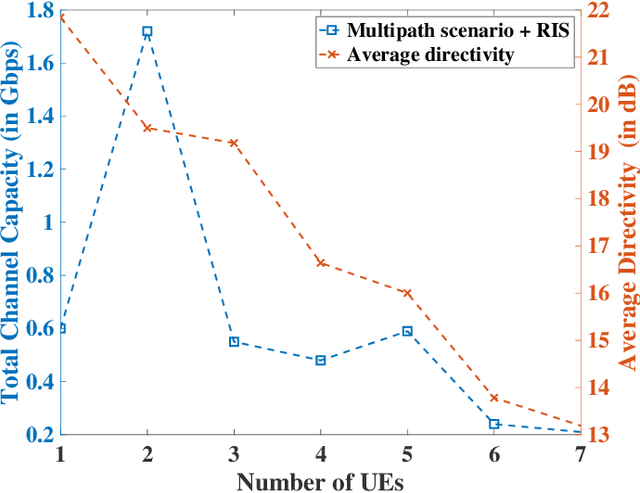

Abstract:Reconfigurable Intelligent Surface (RIS) composed of programmable actuators is a promising technology, thanks to its capability in manipulating Electromagnetic (EM) wavefronts. In particular, RISs have the potential to provide significant performance improvements for wireless networks. However, to do so, a proper configuration of the reflection coefficients of the unit cells in the RIS is required. RISs are sophisticated platforms so the design and fabrication complexity might be uneconomical for single-user scenarios while a RIS that can service multi-users justifies the costs. For the first time, we propose an efficient reconfiguration technique providing the multi-beam radiation pattern. Thanks to the analytical model the reconfiguration profile is at hand compared to time-consuming optimization techniques. The outcome can pave the wave for commercial use of multi-user communication beyond 5G networks. We analyze the performance of our proposed RIS technology for indoor and outdoor scenarios, given the broadcast mode of operation. The aforesaid scenarios encompass some of the most challenging scenarios that wireless networks encounter. We show that our proposed technique provisions sufficient gains in the observed channel capacity when the users are close to the RIS in the indoor office environment scenario. Further, we report more than one order of magnitude increase in the system throughput given the outdoor environment. The results prove that RIS with the ability to communicate with multiple users can empower wireless networks with great capacity.
Radiation pattern prediction for Metasurfaces: A Neural Network based approach
Jul 15, 2020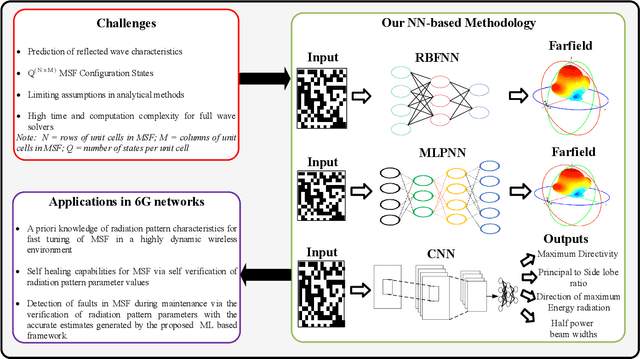
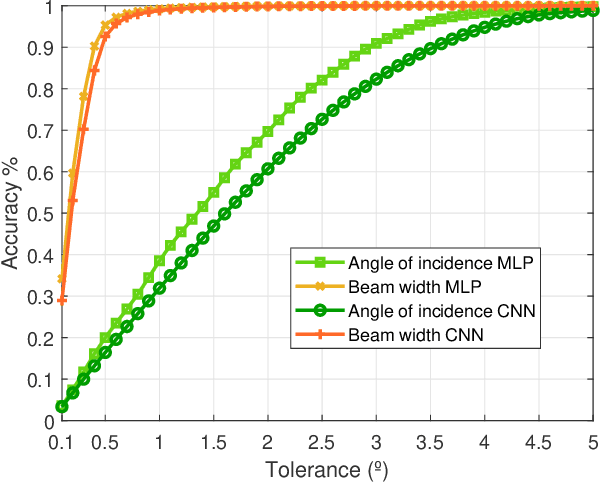
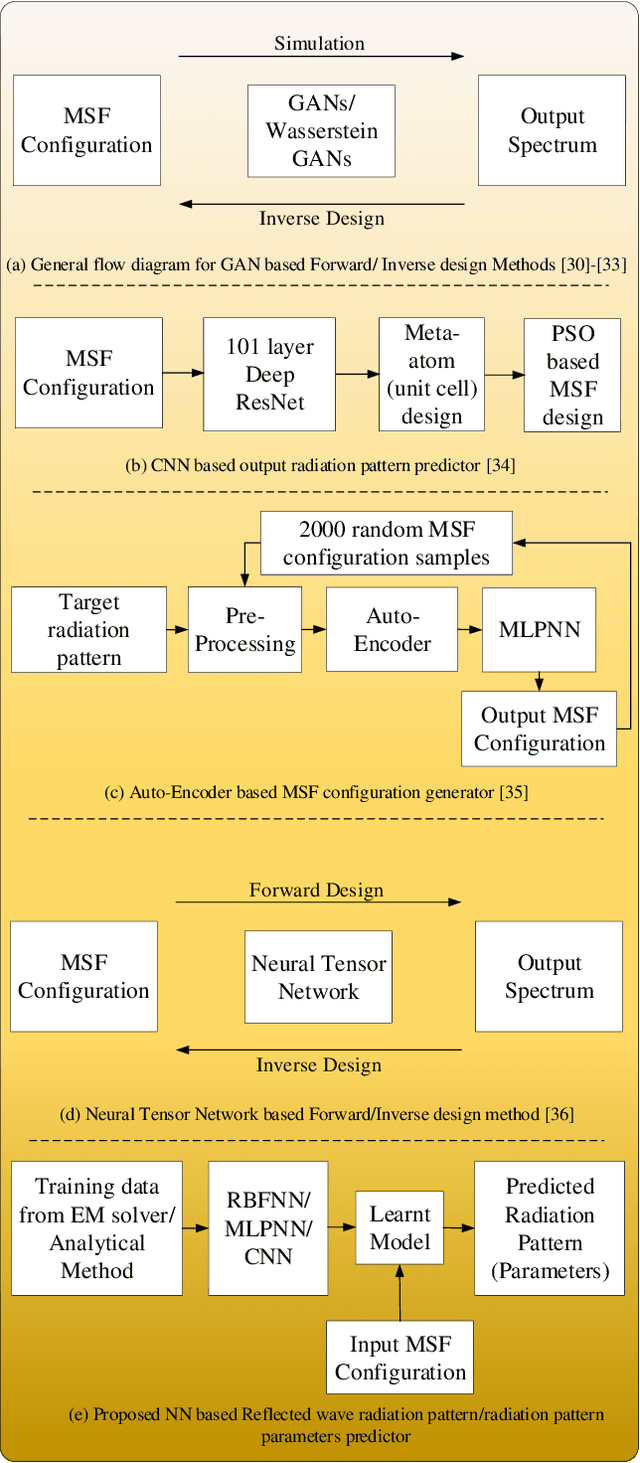
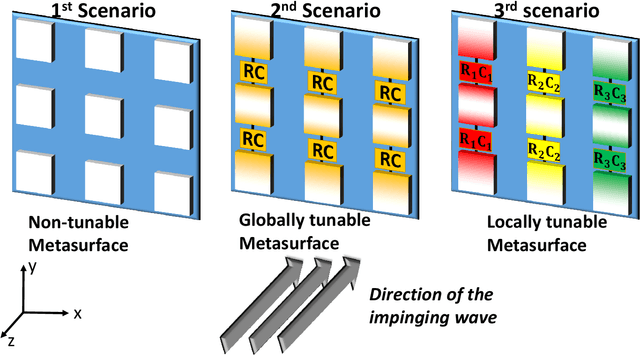
Abstract:As the current standardization for the 5G networks nears completion, work towards understanding the potential technologies for the 6G wireless networks is already underway. One of these potential technologies for the 6G networks are Reconfigurable Intelligent Surfaces (RISs). They offer unprecedented degrees of freedom towards engineering the wireless channel, i.e., the ability to modify the characteristics of the channel whenever and however required. Nevertheless, such properties demand that the response of the associated metasurface (MSF) is well understood under all possible operational conditions. While an understanding of the radiation pattern characteristics can be obtained through either analytical models or full wave simulations, they suffer from inaccuracy under certain conditions and extremely high computational complexity, respectively. Hence, in this paper we propose a novel neural networks based approach that enables a fast and accurate characterization of the MSF response. We analyze multiple scenarios and demonstrate the capabilities and utility of the proposed methodology. Concretely, we show that this method is able to learn and predict the parameters governing the reflected wave radiation pattern with an accuracy of a full wave simulation (98.8%-99.8%) and the time and computational complexity of an analytical model. The aforementioned result and methodology will be of specific importance for the design, fault tolerance and maintenance of the thousands of RISs that will be deployed in the 6G network environment.
 Add to Chrome
Add to Chrome Add to Firefox
Add to Firefox Add to Edge
Add to Edge